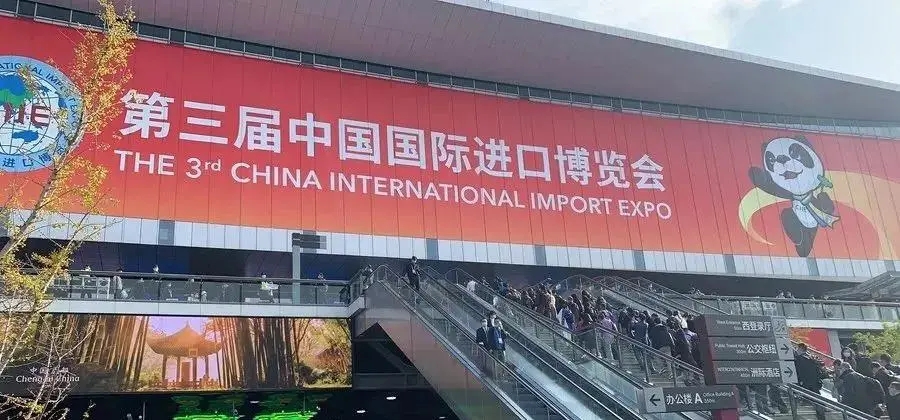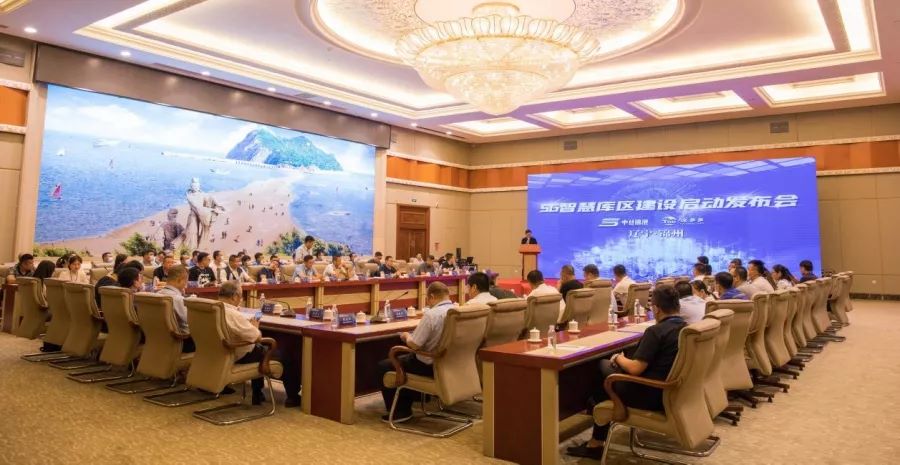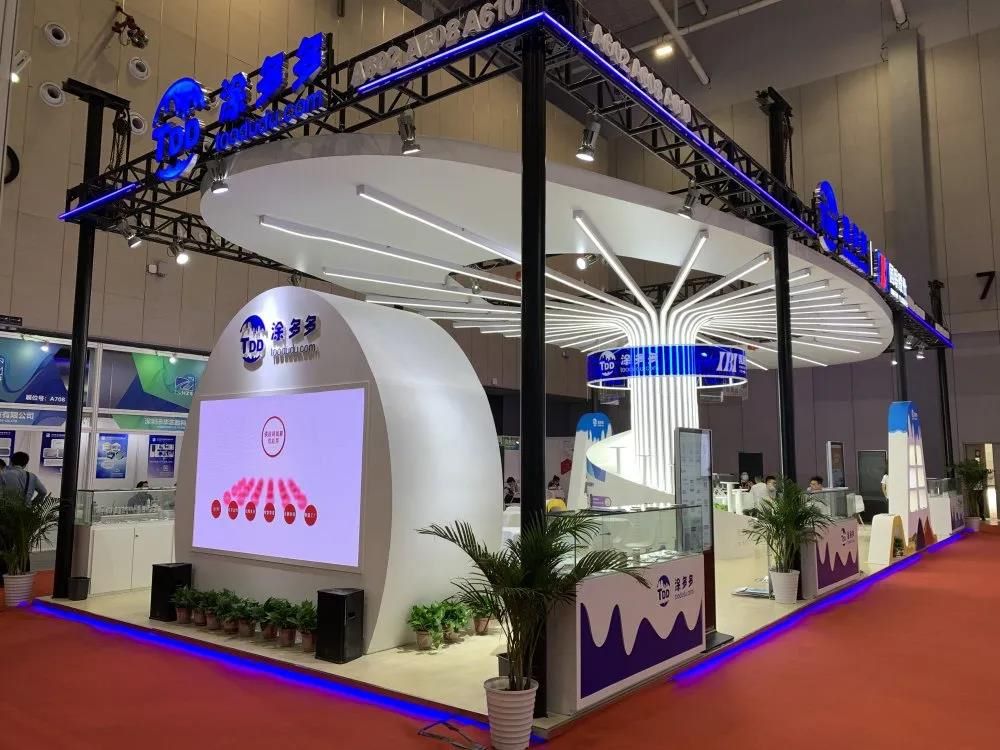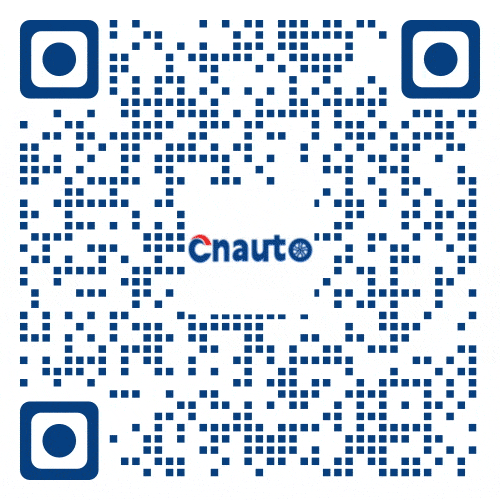Beware Truck/Bus Tire Low-Cost Traps
Compared with the price difference of 200-300 to 700-800 yuan for car tires, the price difference in the field of truck and bus tires is even greater - there is often a quality gap that is difficult to ignore between products of 200-300 yuan and 1,000-2,000 yuan.
Many people have never heard of large tires of 200-300 yuan, while the selection of truck and bus tires on the market is extremely wide: from drive shafts to guide tugboats, from medium and long distances to medium and short distances, almost all tire companies covering all categories are deploying in this field.
Even if you walk into any tire retail store, products of different specifications and models under the same brand are everywhere, and the price difference is often confusing - they look similar, so why are the prices so different?
Through a set of actual test videos, it can be seen that most truck and bus tires of 200-300 yuan are "ground tires": some tire patterns in the video have been severely worn to the plane, and there are even traces of later engraving patterns. Take a truck driver in Hebei as an example.
The Bridgestone 12R22.5 tire he bought only cost 400 yuan. Behind the seemingly "high cost performance", there are frequent quality risks. As the industry jokes, "every day you get cheated, Dangdang is different", such low-priced products often hide risks.
What is the core difference?
1. Essential attributes: refurbished tires vs. brand new tires
Most of the tires that cost two or three hundred yuan are second-hand refurbished or inferior products: they may be old tires that have been used and flowed into the market for the second time.
They have experienced damage such as complex road conditions and lack of air, and the internal steel cords may have been broken or deformed. Even if the appearance is refurbished, "internal injuries" such as wounds at the tip and structural hazards are difficult to identify with the naked eye.
The new tires of regular brands with a price of thousands of yuan are produced in a standardized manner throughout the entire process, and are strictly controlled from the carcass frame material to the rubber formula to ensure load-bearing performance and durability.
2. Quality bottom line: material shrinkage vs process guarantee
In order to reduce costs, low-priced tires often use recycled rubber to replace virgin rubber, inferior steel cord or simplify the vulcanization process. Such products are prone to delamination and tire blowouts in high temperature and heavy load scenarios; while thousand-yuan products generally use highly dispersed white carbon black wear-resistant formula, high-strength steel wire skeleton and intelligent vulcanization process.
For example, a certain brand of tires uses laser non-destructive testing to ensure the uniformity of the tire body, and its puncture resistance and anti-aging performance far exceed low-priced competitors.
3. After-sales system: no guarantee vs full-cycle service
Second-hand tire transactions are often accompanied by the unspoken rule of "no responsibility after leaving the house". Once quality problems occur, consumers have no way to protect their rights.
On the other hand, mainstream brands have made after-sales guarantees their core competitiveness: a certain high-end product promises "one-to-two compensation for quality problems", "paying for the difference if the mileage does not meet the standard", "free replacement within half a year" and other policies to minimize user risks.
Consumer awareness needs to be reformed: Tires are not fast-moving consumer goods
Many users have "price-sensitive" consumption habits: they are deterred by the high price, but regret it when they see the effect. However, as the "walking foundation" of trucks and buses, the quality of tires is directly related to transportation safety, operational efficiency and cost control.
Data shows that the fuel consumption per 100 kilometers of high-quality tires is 5%-8% lower than that of inferior products, and the service life is extended by more than 30% - in the long run, the hidden costs of low-priced tires (such as downtime losses and safety risks) often far exceed the purchase price difference.
Market rules have long been verified: in the field of tires, "you get what you pay for" is an eternal truth. Choose the "luck" of two or three hundred yuan, or the "peace of mind" of one or two thousand yuan?
The answer is hidden in the tire treads of every departure - after all, no company can survive until tomorrow with inferior products, and no transportation task is worth risking safety.











